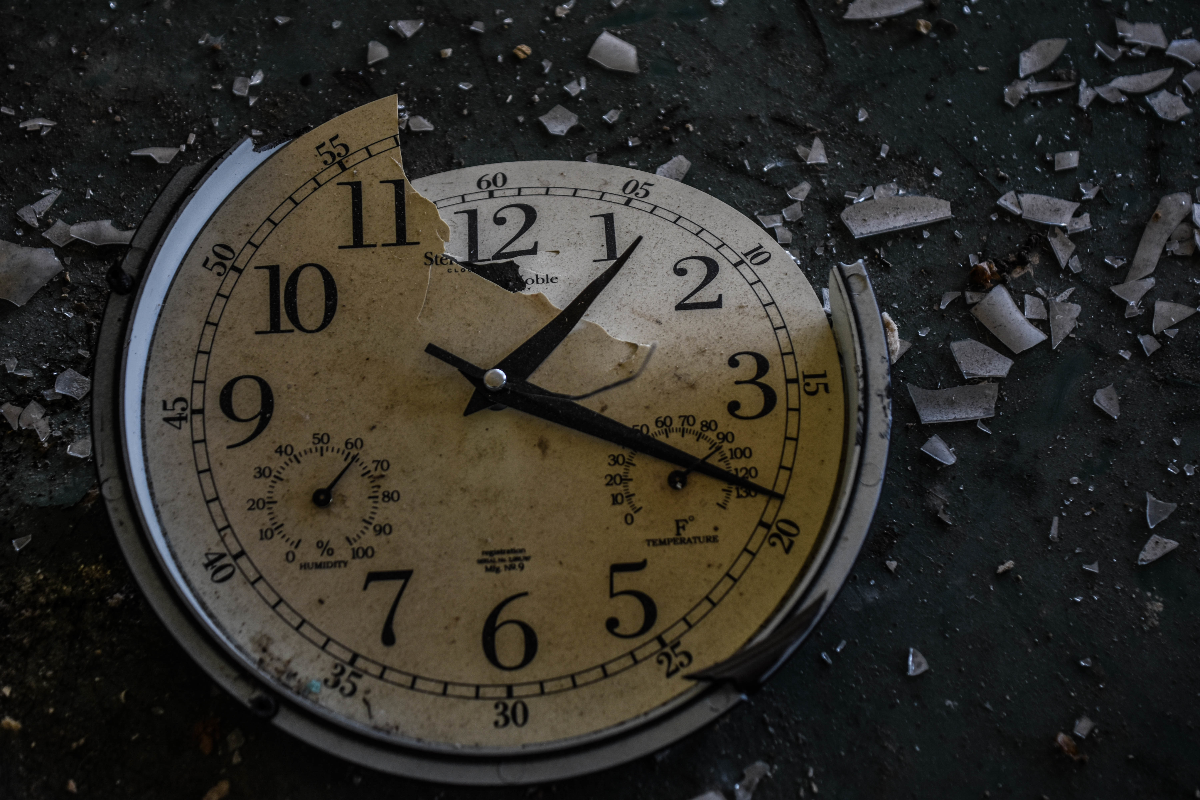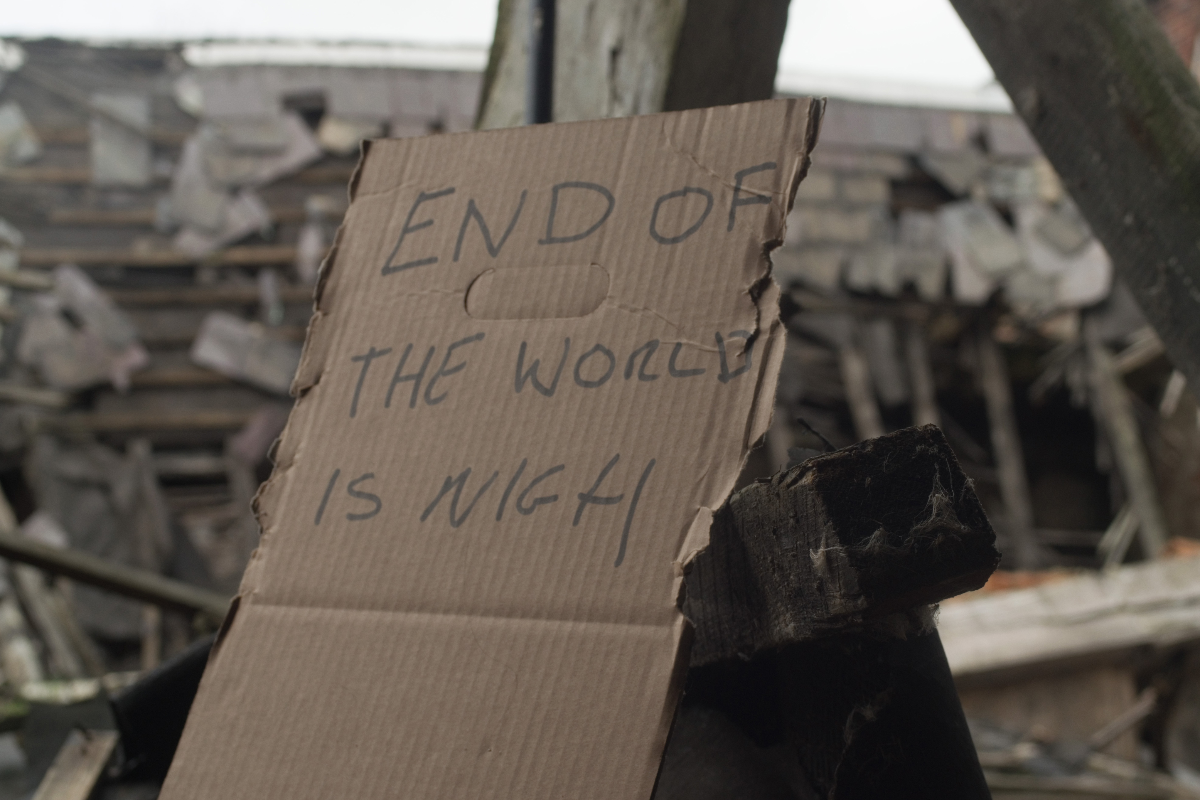The “End of the World Clock” is one of the best known indicators of how close we are to a global catastrophe. Created in 1947 by the Bulletin of the Atomic Scientists, this symbolic clock not only warns of the danger of nuclear conflict, but also of the impact of climate change, misinformation and uncontrolled technologies.
Today, the clock is closer to “midnight” than ever before, and many are wondering: when will it strike the final hour?
What is the End of the World Clock?

The clock is a tool created by science and policy experts to visualize how close humanity is to self-destructing.
Each adjustment of the hands reflects recent events that threaten global security.
For example, in 2023, the clock was set at 90 seconds past midnight, the closest position to the “end” in its entire history.
This movement responded to factors such as the war in Ukraine, the increasingly visible effects of climate change and the persistence of misinformation.
The risks that move the hands

Nuclear conflicts: Since the Cold War, nuclear weapons have been a constant threat.
In 2023, the risk of a nuclear confrontation increased due to tensions between powers such as the United States, Russia and China.
Climate change: Forest fires, hurricanes and extreme droughts not only affect the environment, but also the economic and social stability of many countries.
According to experts, if we do not act quickly, the impact will be irreversible.
Disinformation and uncontrolled technologies: In an increasingly digital world, the spread of fake news and the misuse of artificial intelligence pose growing threats to democracy and global security.
Is there hope for turning back the hands?

Despite the alarming projections, there is still time to turn the tide.
Collective actions such as international cooperation, reducing carbon emissions and promoting science education could turn the hands of the clock away from the dreaded midnight hour.
The doomsday clock is not a forecast, but a call to action. We can change the course if we work together
Rachel Bronson, President of the Bulletin of Atomic Scientists
How does this affect the Hispanic community?
In the United States, the Hispanic community is one of the most affected by climate change and economic challenges resulting from global crises.
Participating in public debates, demanding sustainable policies and educating new generations are key ways in which we can contribute to a safer future.
For more Astrology news, visit QuéOnnda.com.























